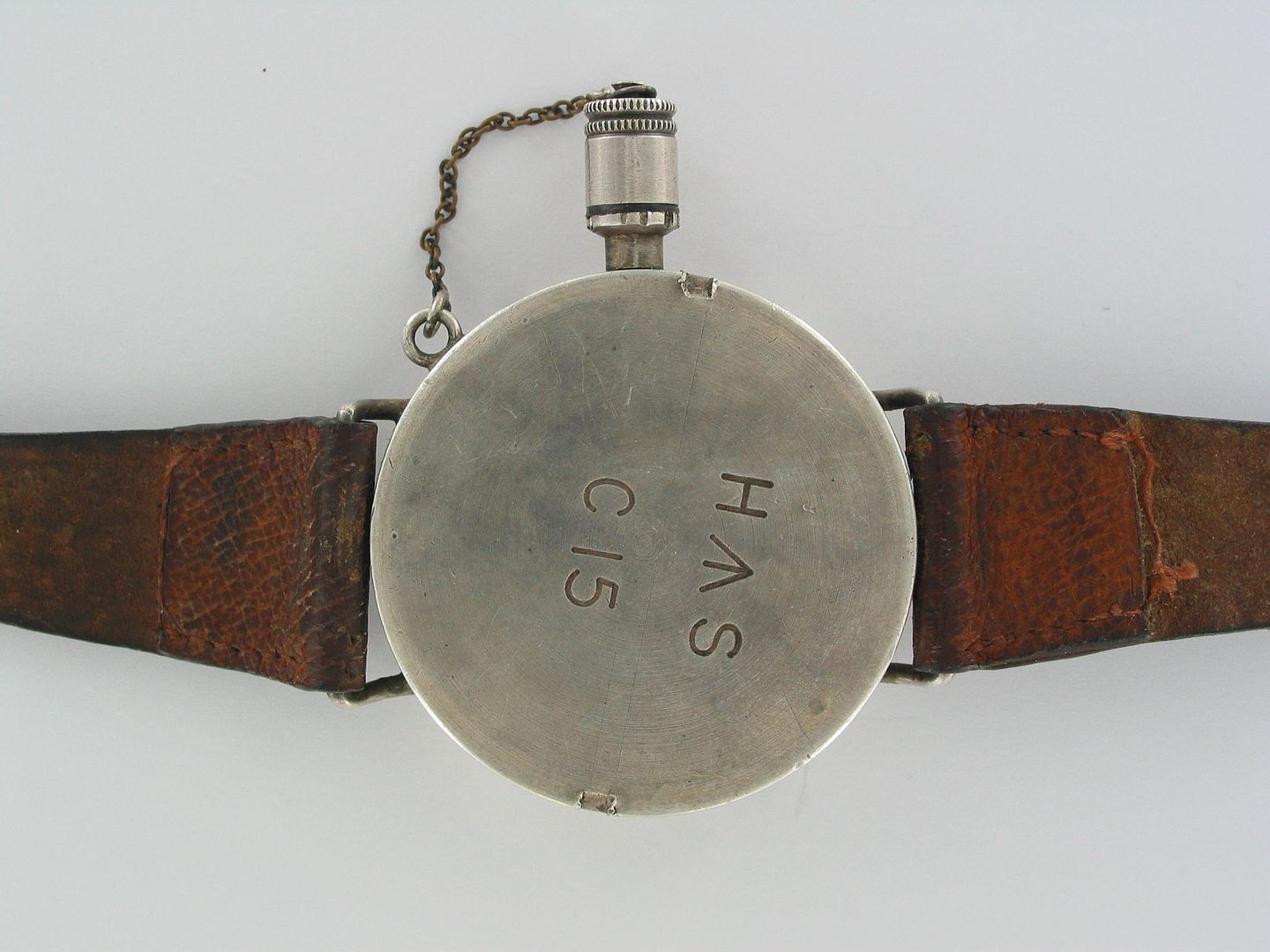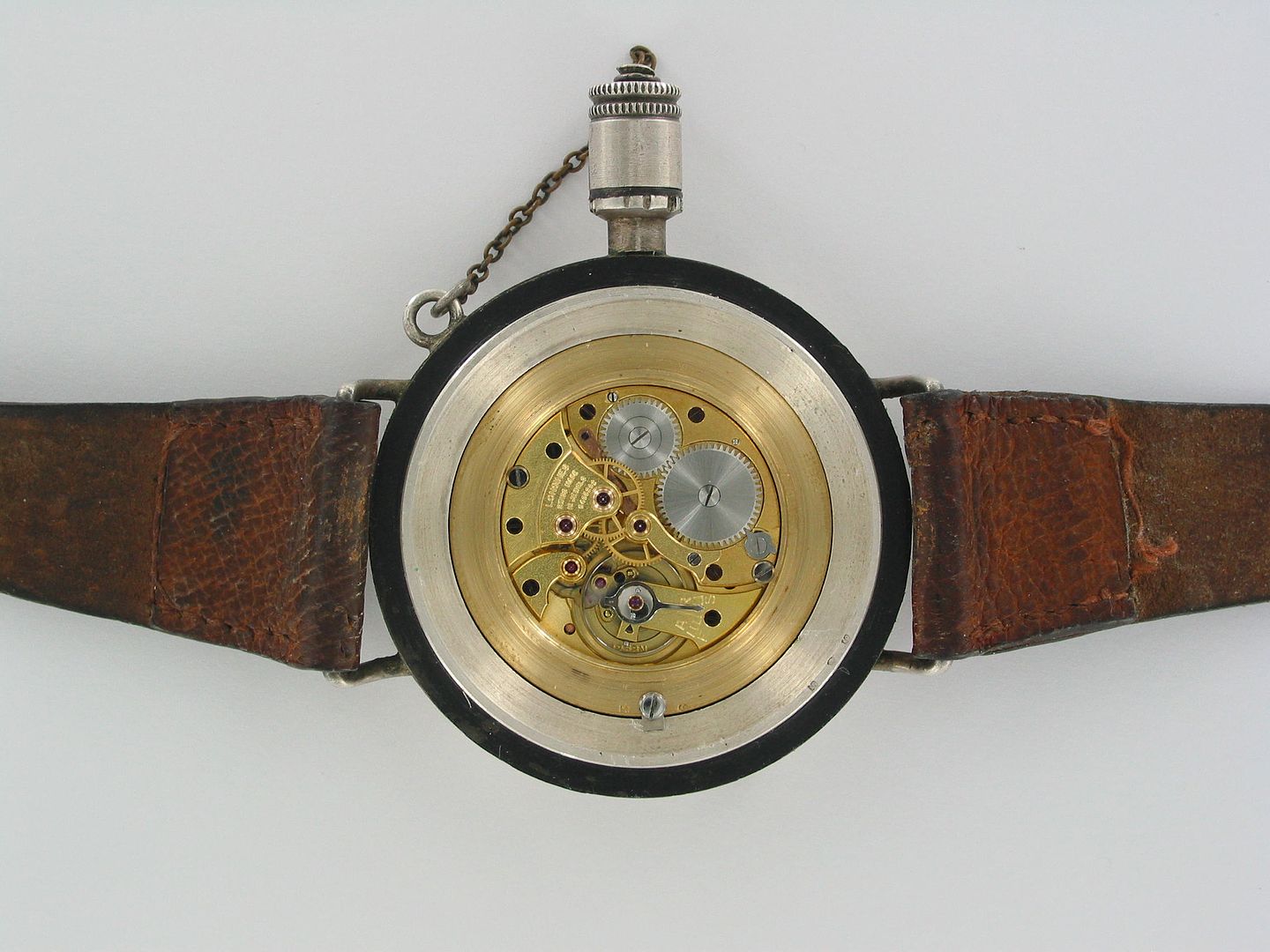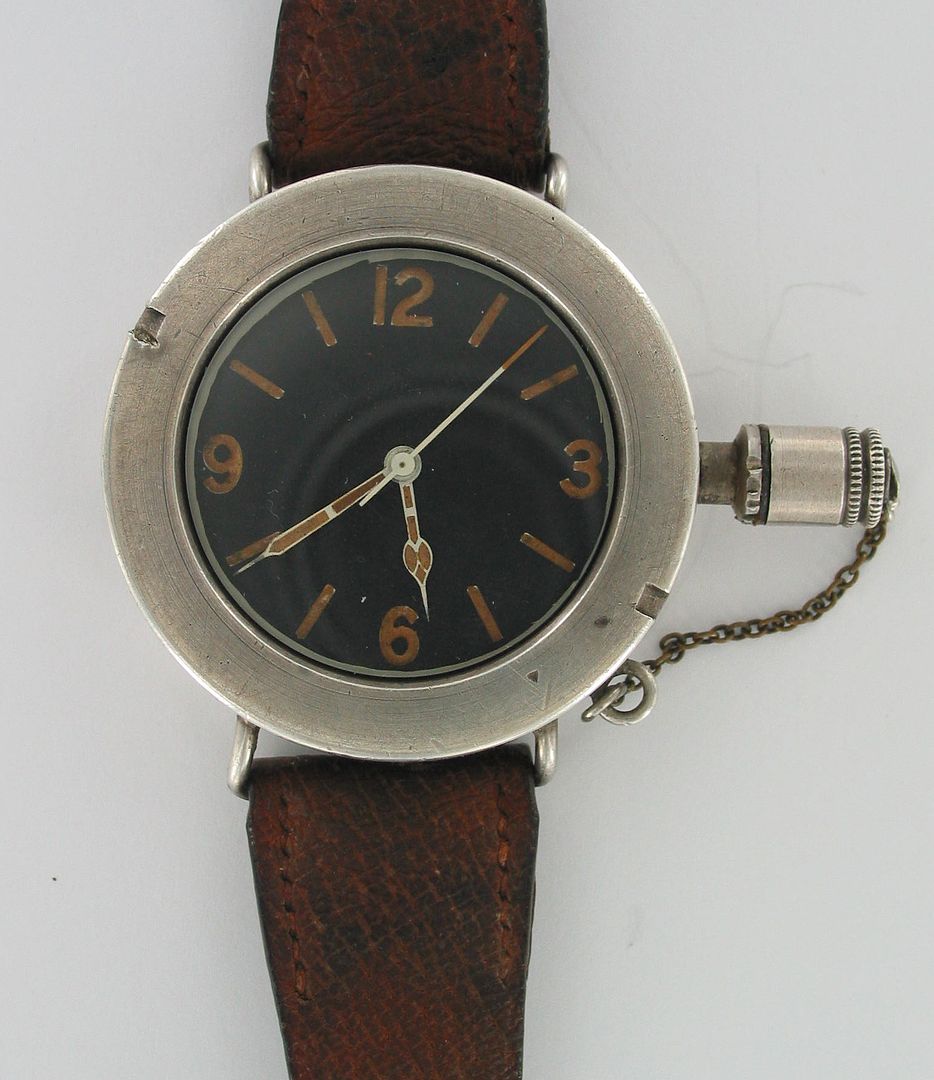In 1941, in the harbour of Alexandria, Egypt two British battleships were sunk by Italian frogmen, riding the SLC (siluri a lenta corsa or
"slow-running torpedoes"); although the men who had to use them
commonly called them ‘Maiali’ (pigs or swine). The British, who were the main
targets of these weapons, called them ‘Human Torpedoes’ after capturing several
of them.
When Churchill first heard of the Italians' use of human torpedoes against Royal Navy vessels he wrote one of his famed ‘ACTION THIS DAY’ memos, insisting that the British produce a similar device.
When Churchill first heard of the Italians' use of human torpedoes against Royal Navy vessels he wrote one of his famed ‘ACTION THIS DAY’ memos, insisting that the British produce a similar device.
The Royal Navy had pushed
the capital ships of the German surface fleet into heavily protected ports for
most of the Second World War, but even in their distant refuges these
battleships posed a constant threat to North Atlantic convoys. So, strenuous
attempts were made to sink ships such as the Tirpitz, and one of the first was
Operation ‘Title’ where two British copies of the SLC were towed by a fishing
boat to within range of where the Tirpitz was anchored in a Norwegian Fjord. It
was realised that the crew on the Human Torpedoes would need a watch capable of
functioning for several hours underwater, if they were to be able to make the
rendezvous with the fishing boat for their return. The divers would need a
waterproof timepiece, but at this time, the Royal Navy did not have a watch
capable of operating in such conditions. The watch would need to function on
and below the surface for several hours at a time, and what made the situation
worse was that other than the Panerai, there was no watch available anywhere on
the globe with such capabilities.
So, in the great British tradition of ‘making do’, they decided to create one. Fortunately there was almost a century’s experience in England of constructing watches able to work in extreme environments; this came from the manufacture of special watches for the Royal Geographical Society, an organization which had sponsored almost all of the great Victorian explorers. The watches made for the society were pocket watches in specially designed screw back & front cases with the winding crown protected by an additional cap which screwed on to the outside of the case and was attached by a short chain.
So, in the great British tradition of ‘making do’, they decided to create one. Fortunately there was almost a century’s experience in England of constructing watches able to work in extreme environments; this came from the manufacture of special watches for the Royal Geographical Society, an organization which had sponsored almost all of the great Victorian explorers. The watches made for the society were pocket watches in specially designed screw back & front cases with the winding crown protected by an additional cap which screwed on to the outside of the case and was attached by a short chain.
The original RGS
Explorer’s watches used gaskets between the main case & the screwed front
and back, these gaskets were made of oil impregnated leather and kept the
movement protected from moisture as long as the gaskets were kept in excellent
condition & lubricated regularly.
These cases seem to have
been made by two of London’s best-known case makers; Philip Woodman & sons
(in business between 1821 and 1907) and Albert Thomas Oliver (a five generation
business which operated between 1845 and the 1980s); their respective hallmarks
were PW and ATO. As Philip Woodman was no longer in business during WWII, it
was to Oliver that the Royal Navy turned to develop the original design into a
truly waterproof watch.
In the spirit of
Churchill’s ‘Action This Day’ memo, almost no development work was done on the
case design; which, by then, was over a century old; the only significant upgrade
was the fitting of rubber gaskets instead of oil impregnated leather and
cutting grooves into the case top and back, this allowed the cases to be
screwed tightly shut with a wrench, massively improving the ability of the case
to resist water pressure.
A.T. Oliver was one of the
last of the old breed of casemaker capable of producing the entire case in
house, casting, turning and making & fitting hinges and even pendants. The
cases constructed for these watches were made individually by hand and fitted together
perfectly. However due the inconsistent tolerances with handwork, the parts
were not necessarily interchangeable, meaning that the back from one watch
might not fit perfectly on another watch. For this reason every single part of
each case bore the individual serial number of that case, the number on the
watch shown is 306 and it is stamped on the case centre, the bezel and back and
even on the movement retaining ring & the movement cover.
What makes the case
especially interesting is that it is made from sterling silver (92.5% silver)
and despite the UK Hallmarking laws (the oldest consumer legislation in the
world, dating from the 13th century) it bears no hallmark anywhere
on the case. This is because there was no consumer to protect, these watches
were never intended to be sold and so no hallmark was needed, the fact that
they were going to the Government is emphasised by the presence of the
Government stamp of a Broad Arrow on the case back. The full markings are
H ^ S
C 15
H S stands for
“Hydrographic Survey”; the department of the Admiralty responsible for map
& chart making; as accurate timekeeping by means of a deck chronometer was
an essential part of navigation, it was the Hydrographic Survey who was
responsible for procuring and servicing all Royal Navy timepieces. The C15 is
the individual number of this particular watch. The cases were made of silver
because the metal was easy to work with, Oliver’s had great experience in
working with the material and it was resistant to corrosion from sea water.
The winding crown fits
inside a tube, which has a screwed cover, the cover and the tube having
especially long threads, to provide the maximum protection for this most
delicate part of the watch; the cover screws down on to a thick gasket,
providing another level of protection. The screwed cover is attached to the
body of the watch by a short chain, which prevents the cover becoming lost
whilst it is unscrewed for either winding or hand setting. The strap is
attached to the case by huge fixed wire lugs (I am unsure if we can still call
it ‘wire’, as it is over 2mm thick) and the strap itself is on the same scale
as the watch, measuring 24mm at their ends. Despite the lack of hallmarks, the
maker’s stamp of ATO is stamped inside the case back.
The movement used was from
a Longines wrist watch, cal 12.68N, with 16 jewels, no shock protection,
indirect sweep seconds; it has a diameter of 27mm and a height of 5.45mm.
Incidentally the British Ministry of Defence used this robust movement later in
the war in the COSD watch made for airborne forces.
The dial was specially
made in brass, it is matt black with large Arabic luminous 12, 3, 6 and 9
numerals and large luminous batons for the remainder of the numerals. The white
skeleton hands and the tip of the sweep seconds hand are coated with radium
paint for maximum visibility in challenging conditions.
The size of the watch is
huge, even compared to the Panerais, it measures 51mm in diameter, 17mm high
and takes a 24mm strap.
To date four of these
watches have surfaced, all with serial numbers ranging between 306 and 338;
leading me to think that less than 50 of these were made. When you consider the
facts that only around two dozen of the ‘Chariots’ were built and that many of
them and their crews were lost in action, it is likely that there are very few
of these watches remaining.







No comments:
Post a Comment